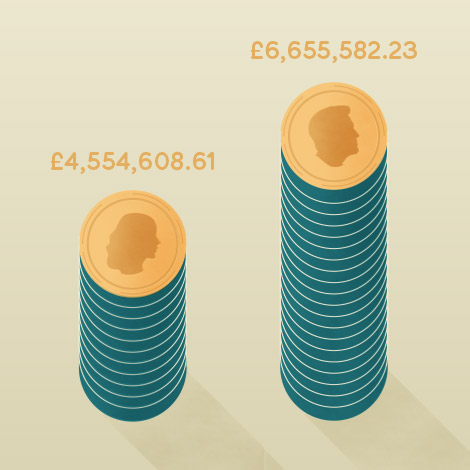Jeanne Sahadi with CNN Business reflects on Black Women’s Equal Pay Day, a day marked each year to illustrate how far into the year the average Black woman had to work to earn as much money as a white man did the previous year. The article addresses inequalities on top of what the figure reveals, such as unemployment and shortened work hours; effects of our current health and economic troubles on existing inequalities; and efforts to close the gap-because when women, especially Black women, are not paid fairly, everyone loses. Click through to watch and read the full coverage.
By Jeanne Sahadi, CNN Business
August 13th is Equal Pay Day for Black women this year. It's a measure of just how underpaid they are relative to white men.
The upshot: Black women had to work an additional seven and a half months this year on top of the 12 months they worked last year just to make as much as their White, non-Hispanic male counterparts did in 2019. That's according to the Equal Pay Today Campaign, an umbrella group of organizations advocating for pay equity. It based its estimate on the median annual earnings for full-time, year-round workers using data from the Census Bureau.
As a result, the National Women's Law Center estimates Black women lose out on roughly $1 million of income over a career.
"For Black women, they find themselves sitting at the intersection of gender and racial discrimination, and when those things are combined you'll see a bigger discrepancy in things like pay," said Shannon Williams, the director of the Equal Pay Today Campaign.
Want to receive early-bird invitations to our global events, custom-tailored content we think you'll love, and exclusive access to "The World Women Report"?







